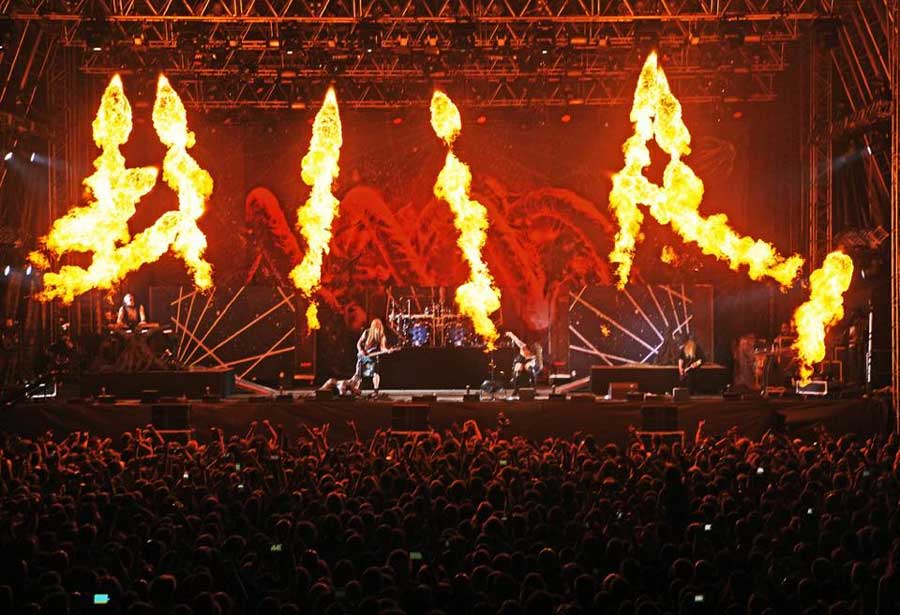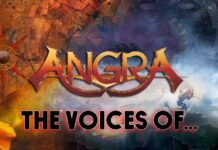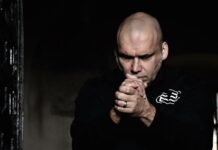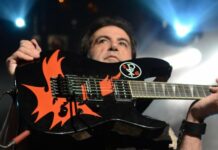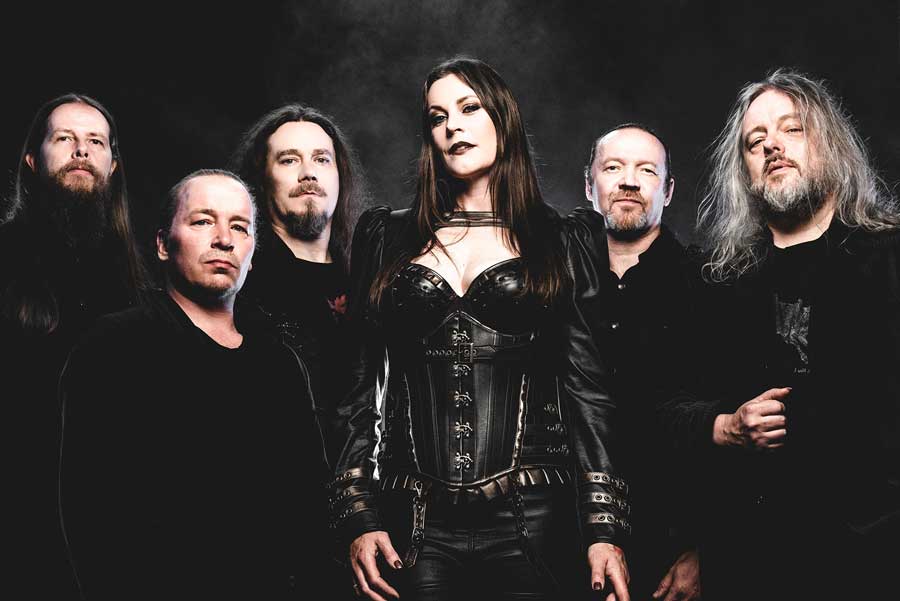
Shortly after the mid-90s, metal was going through a profound identity crisis. The domination of grunge, alternative and core in the field of hard music had left bands and sounds that brought up generations of fans on the sidelines. Metal fans were trying to find a warm corner for their next listens. The efforts of Paradise Lost, Gamma Ray, Blind Guardian and a few other bands that were not deterred by the above changes in music certainly stood on the side of the traditional (now) fans, who, however, were logical to look for a new proposal in the field of metal music.
Such a proposal came in 1996 from Therion and “Theli”, a record with the main characteristic of the use of orchestras in their music, giving a feeling… of marrying heavy metal with classical-symphonic music. This release, for many reasons, stayed underground, satisfying a relatively small part of the audience.
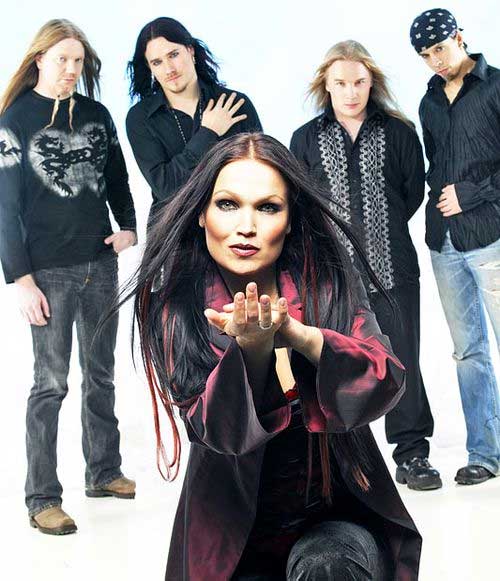
A year later, a band from Kitee, a town in Finland, presented the new proposal that was to give birth to a whole genre that for at least fifteen years dominated the metal scene and still continues to be a very special and important part of it. The incredible talent of Tuomas Holopainen seemed to have reinvented the wheel, so much so that perhaps we can talk about a musical genesis. For the first time in metal history, music was written not based on guitars but on keyboards using orchestras. “Angels Fall First” may not have established Nightwish in the metal mainstream in 1997, but “Oceanborn” a year later and even more so “Wishmaster” in 2000 established not only Nightwish but also the term “Symphonic Metal” in the public eye. And with “Once” in 2004, the band began to be included in the top metal bands in the world, having perfectly perceived the demands in the metal field at the time, also winking at the other side of the Atlantic.
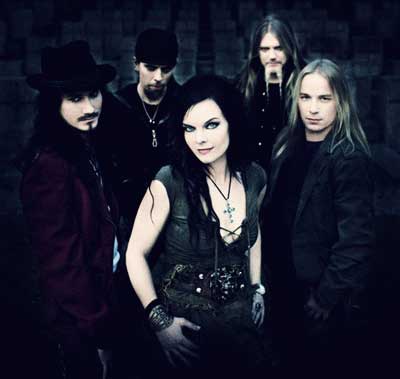
As Nightwish grew, so did the demands from the audience, as well as from themselves. For example, as much as the addition of Marco Hietala in 2001 helped when the amazing “Century Child” was released, the departure of Tarja Turunen, for which Tuomas Holopainen was solely responsible for, troubled and dropped the band for a while of enchanting music, Tarja was the pole of attraction for fans with her amazing soprano voice. There is no problem-free career of course. And Nightwish continued to grow, turning the wheel they created several times. There were several changes in the band’s line up, but two additions seemed like aces up Truomas’ sleeve. The first concerns the “multi-tool” who goes by the name of Troy Donockley and the second concerns perhaps the leading singer in metal nowadays, Floor Jansen, replacing the dignified, but anemic, presence of Anette Olzon. Since 2013, Nightwish has been getting bigger and bigger, presenting one of the best shows we’ve ever seen. Time will show if the departure of Marco Hietala last year will be a blow to the band. However, watching Nightwish in Munich last December, Jukka Koskinen seems like a very good case.
“The Greatest Show On Earth” will pass through Athens on June 7th, it’s one of the band’s last shows before a long break in their performances for the sequel during which they will also record the successor to “Human. :II: Nature.” and which will surely make us scream “We Were Here” somewhere towards the end of the show!
Dimitris Kazantzis
